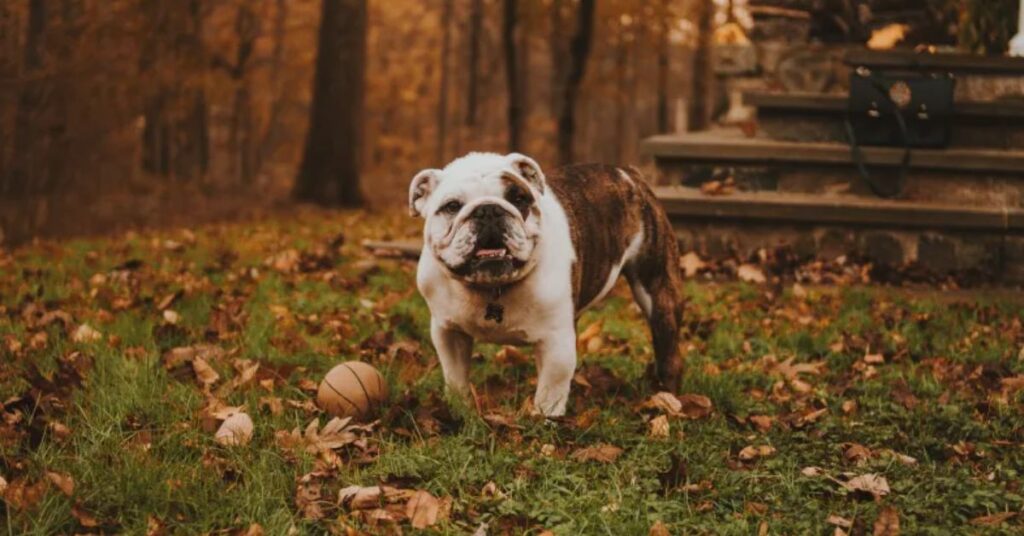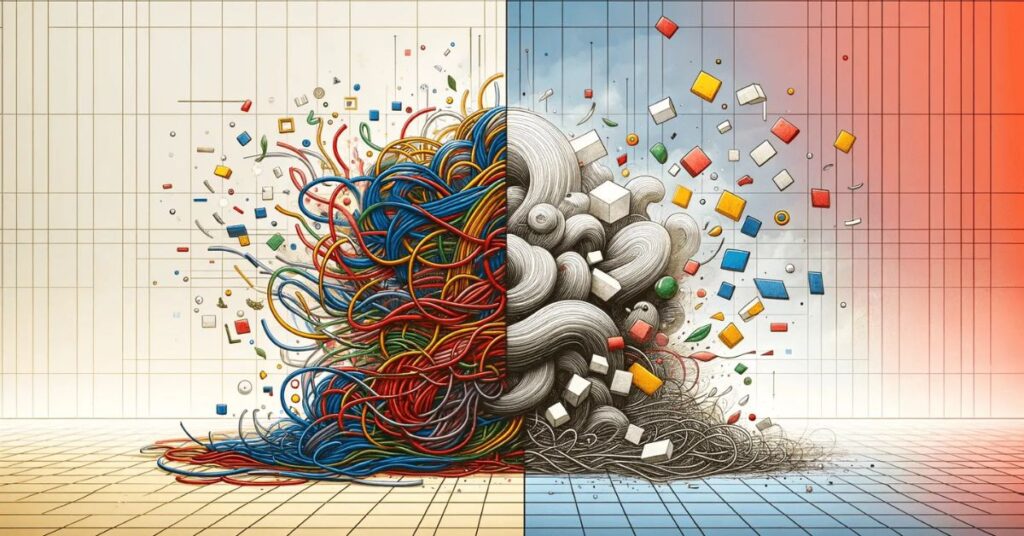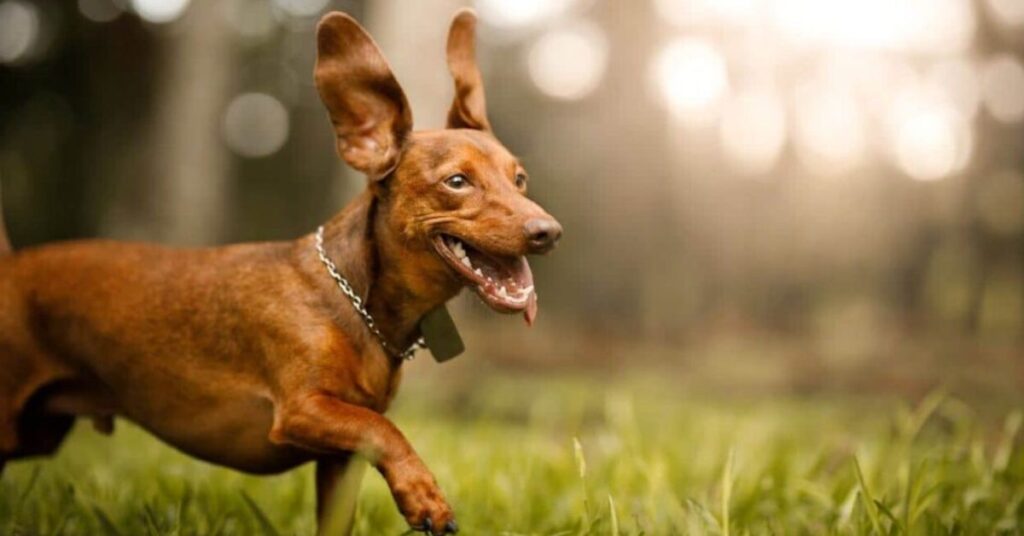Why Does My Dog Growl When I Pet Him?-Complete Guide
Our fuzzy companions, with their swaying tails and cheerful barks, frequently appear to communicate impeccably in a language we see. Have you encountered the perplexity of your dog growling while you’re giving them loving pets?
A few dogs will growl when you pet them since they may not regard you.
In this article, we’ll dig into the complexities of dog correspondence and investigate the different justifications for why your little guy may be growling when you pet them.
The Language of dogs: Correspondence through growling:
Dogs use growling as a type of correspondence to communicate various feelings and expectations. Understanding the unique situation and subtleties of growling can assist you with interpreting what your dog is attempting to convey:
1. Cautioning or Danger:
- Context: dogs frequently growl to caution others to ease off or stop a specific behaviour. This can happen if a dog feels undermined, cornered, or needs to safeguard something important.
- Interpretation: The growl is an admonition signal demonstrating that the dog is awkward and needs space. This warning to forestall, heightening more forceful behaviour is significant.
2. Fear or Anxiety:
- Context: A dog might growl when it feels frightened or restless, frequently joined by other indications of dread, such as falling down, tucking its tail, or staying away from eye-to-eye contact.
- Interpretation: The growl shows that the dog is feeling uncertain or undermined. Understanding and tending to the source of their trepidation can help reduce this behavior.
3. Pain or Discomfort:
- Context: growling can be a reaction to actual agony or inconvenience, particularly if you touch a delicate region.
- Interpretation: The growl is a sign that the dog encounters torment and needs clinical consideration. A visit to the veterinarian can help recognize and treat the primary issue.
4. Fun loving nature:

- Context: A few dogs growl during play, particularly during crude exercises. This growl is generally shrill and joined by loosened non-verbal communication, such as swaying tails and play bows.
- Interpretation: The growl in this setting is important for typical play conduct and demonstrates fervor rather than hostility.
5. Frustration:
- Context: dogs might growl when they are baffled, for example, when they are prevented from getting something they need or when they are unable to reach a toy or treat.
- Interpretation: The growl connotes disappointment, which can frequently be settled by tending to the source of dissatisfaction or giving elective exercises to divert their concentration.
Also Read: Why Do Dogs Love Tennis Balls?-Complete Guide
Reasons Why Your Dog Might Growl When You Pet Him:
Understanding why your dog growl when you pet him is fundamental for tending to behave fittingly. Here are a few potential reasons:
1. Physical Pain or Discomfort:
Your dog may be in torment or encountering distress in a particular region of his body. That could be because of a physical issue, joint pain, or other ailments. If your dog reliably growls when contacted in a specific spot, it’s ideal to counsel a veterinarian to preclude any medical problems.
2. Dread or Nervousness:
A few dogs growl since they feel terrified or restless. That could occur if your dog has had negative encounters with being contacted or, on the other hand, if it wasn’t as expected, mingled. Tension indications, such as groveling or a tucked tail, often join dread-based growling. Understanding and regarding your dog’s limits can assist with reducing this trepidation.
3. Overstimulation:

Dogs can become overwhelmed by a lot of actual contact, particularly if it is excessively extraordinary or drawn out to pet meetings. Overstimulation can prompt growling as an approach to requesting a break. Focus on your dog’s nonverbal communication and furnish him with space when required.
4. Asset Protection:
Your dog could growl when you pet him close to his food, toys, or other esteemed things. This behavior, known as asset monitoring, is a way for your dog to safeguard his assets. Preparing and changing procedures on a surface level can assist in resolving this issue.
5. Absence of Socialization:
Dogs that weren’t associated enough as doggies may be awkward with actual contact and more inclined to growl. Continuously presenting positive encounters with being contacted can assist with building their solace and certainty.
Also Read: Why Does My Cat Follow Me Everywhere Spiritual Meaning?-Complete Guide
Signs to Search for When Your dog growls:
When your dog growls, it means a lot to focus on their non-verbal communication and different signs to comprehend what they are attempting to convey. Here are a few signs to search for:
1. Body Strain:
A strained, firm body frequently goes with growling. Muscles might seem unbending, and the dog could appear frozen entirely still.
2. Looks:
Search for changes in appearance, such as badly creased temples, raised lips, and apparent teeth. The dog’s eyes might appear wide or show the whites (known as “whale eye”).
3. Ear Position:

The ears might be stuck back against the head or standing erect and advanced, demonstrating increased readiness or animosity.
4. Tail Position:
A dog’s tail position can show its mindset. A tail held high and inflexible or tucked between the legs can both indicate stress or hostility.
5. Pacing or Fretfulness:
Pacing or fretfulness can demonstrate nervousness or distress, which may joined by a growl.
6. Stepping back or Withdrawing:
A dog that steps back or withdraws while growling is a reasonable inclination compromised or terrified and attempts to build separation from the apparent danger.
How to Address Growling Behavior:
Tending to growling conduct in dogs requires grasping the primary reason and executing fitting procedures to assist your dog with feeling secure. Here are moves toward addressing growling conduct actually:
1. Recognize the Reason:
Notice the setting where the growling decides the trigger, like explicit sorts of touch, confident individuals, or specific circumstances. Understanding the reason is critical for tending to the way of behaving.
2. Make Positive Affiliations:
Utilize encouraging feedback to establish a positive relationship with the circumstance that sets off the growling. For instance, if your dog growls while being petted, begin by petting it tenderly for a brief period while giving treats, gradually expanding the length as your dog becomes more agreeable.
3. Desensitization and Counter-Molding:
Step by step, open your dog to the trigger in a controlled and harmless way, matching it with positive encounters like treats or commendations. This cycle helps change your dog’s reaction to the trigger.
Also Read: Dog Licks Lips When Pet-A Complete Guide
FAQ’s:
1. Why is my dog growling at me when I contact him?
Contact responsiveness is when a dog responds adversely to the expectation of being contacted or while being contacted.
2. Might a dog at any point growl warmly?
A few dog will growl tenderly when they are being petted or as a solicitation for consideration.
3. Does my dog adore me, assuming he growls at me?
Growling is only your dog’s approach to attempting to let you know something significant.
4. For what reason did my dog growl when I pet him?
Growling during play doesn’t mean your dog is forceful. It just means living it up.
Conclusion:
Understanding why your dog growls when you pet them is the most vital move toward tending to the way of behaving and fortifying the bond you share.
By respecting your dog’s limits, resolving any fundamental issues, and cultivating a positive and believing relationship through preparation and socialization, you can guarantee that petting turns into a wellspring of euphoria and solace for you and your fuzzy friend.
Thus, the following time your dog growls when you pet them, make sure to approach with persistence, sympathy, and an eagerness to impart.






